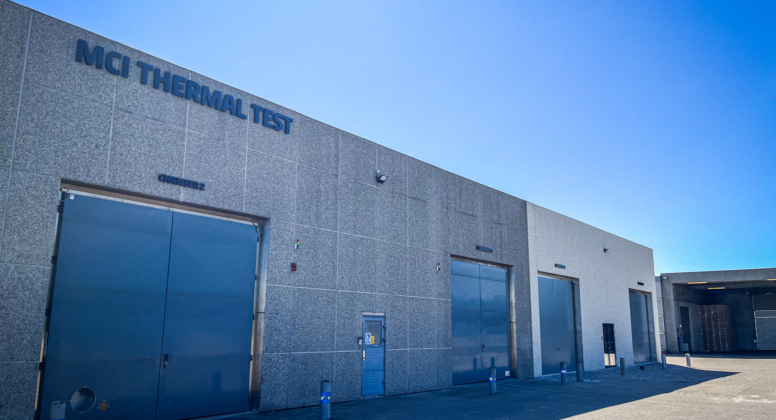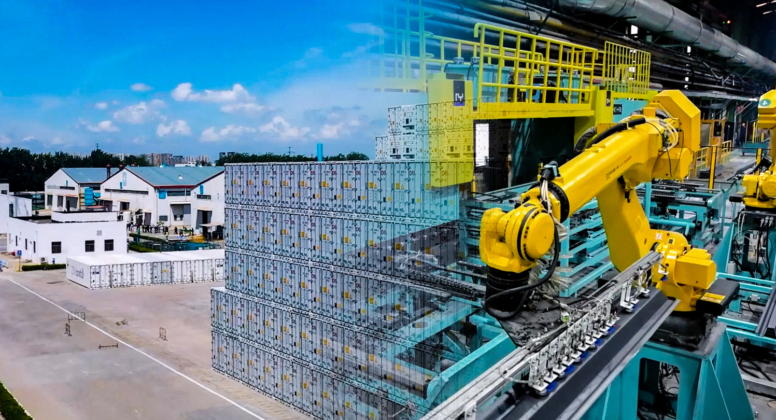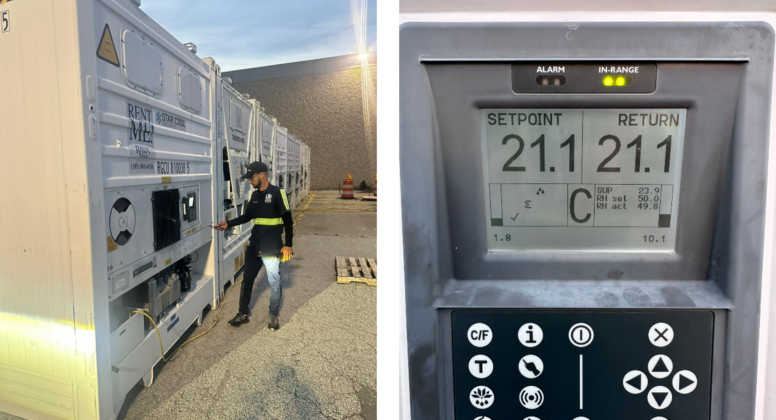TCO vs CAPEX – Seeing the bigger picture of a reefer’s life
CAPEX is often a deciding factor when buying a lot of reefers. Purchasers find CAPEX attractive in the short term. But a reefer’s 15-20 year operational life brings more costs over time. Data shows that the Total Cost of Ownership (TCO) is a better deciding factor. Here’s why.
TCO is a critical factor in the reefer industry. It’s especially important given a reefer’s 15-20 year lifespan. And yet TCO is not always considered.
All too often, the initial purchase cost or the per diem lease rate are the defining considerations when selecting reefer equipment. This can seem attractive and simple if you are not responsible for operating costs, however operating costs can easily change the total equation for a reefer operator. TCO captures all the real costs that shipping lines incur in acquiring and operating a reefer throughout the life of the equipment, such as:
- Energy use
- Monitoring
- PTI
- Washing/cleaning
- Maintenance and repairs
- Transportation/positioning
- Storage
- Disposal
- Insurance
- Depreciation
Some of these costs will be the same irrespective of the type of reefer being used, however there are several very important differences that can make a large TCO impact.
Today, many reefers have tools built into the microprocessors. These are giving us data that make cost savings transparent. With all this hard data from your reefers, you can calculate TCO and the savings to be made. For example, a reefer with a built-in power meter logs its power consumption at least once every hour, for all or part of a journey, at sea or at a terminal. It measures energy use, voltage and current. Accurate data from the meter makes energy consumption calculations for specific periods easier. This benefits reefer operators because they have the potential to negotiate for payment only for the energy used rather than for the assumed power consumption at external facilities.
The ability to document the real energy use on board vessels will become increasingly important considering IMO 2023 requirements, and in the management thereof.
If you then couple the available data with real time reefer monitoring systems – like our own Sekstant, the benefits are amplified as decisions can be made in real time. Cargo care becomes live, as power connections, temperatures and atmosphere values can be monitored, and any alarms can be notified for prompt action when required.
– Has the equipment passed an ITI so it can avoid a full PTI, therefore having the knowledge that a unit will be available for booking?
– Is the reefer still at the location we expect it to be?
– Is the software up to date?
These questions can be answered remotely with Sekstant installed
And it’s not just data making a difference
Reefers that are pre-treated with shotblasting and hot zinc metallization have much greater corrosion resistance of the corten steel making them more durable. Pre-treatment is especially beneficial for reefers exposed to harsh environments, as it not only reduces M&R costs in premature replacement of corroded and weakened structures, but with the addition of the proven solvent borne paint, it also ensures the reefer’s visual appearance is maintained which is important for many exporters.
Shotblasting, hot zinc metallization, and solvent-borne paints all prolong the life of your reefer, reduce M&R costs, leading to reduced TCO.
Is it time we look at the bigger picture?
Data is showing TCO should be the deciding factor rather than the upfront “quick-win” that is CAPEX. For reefers, with their long life span, data demonstrates TCO is the more realistic differentiator over the long term.
We can help you find TCO gains in your data. Feel free to reach out to us.


